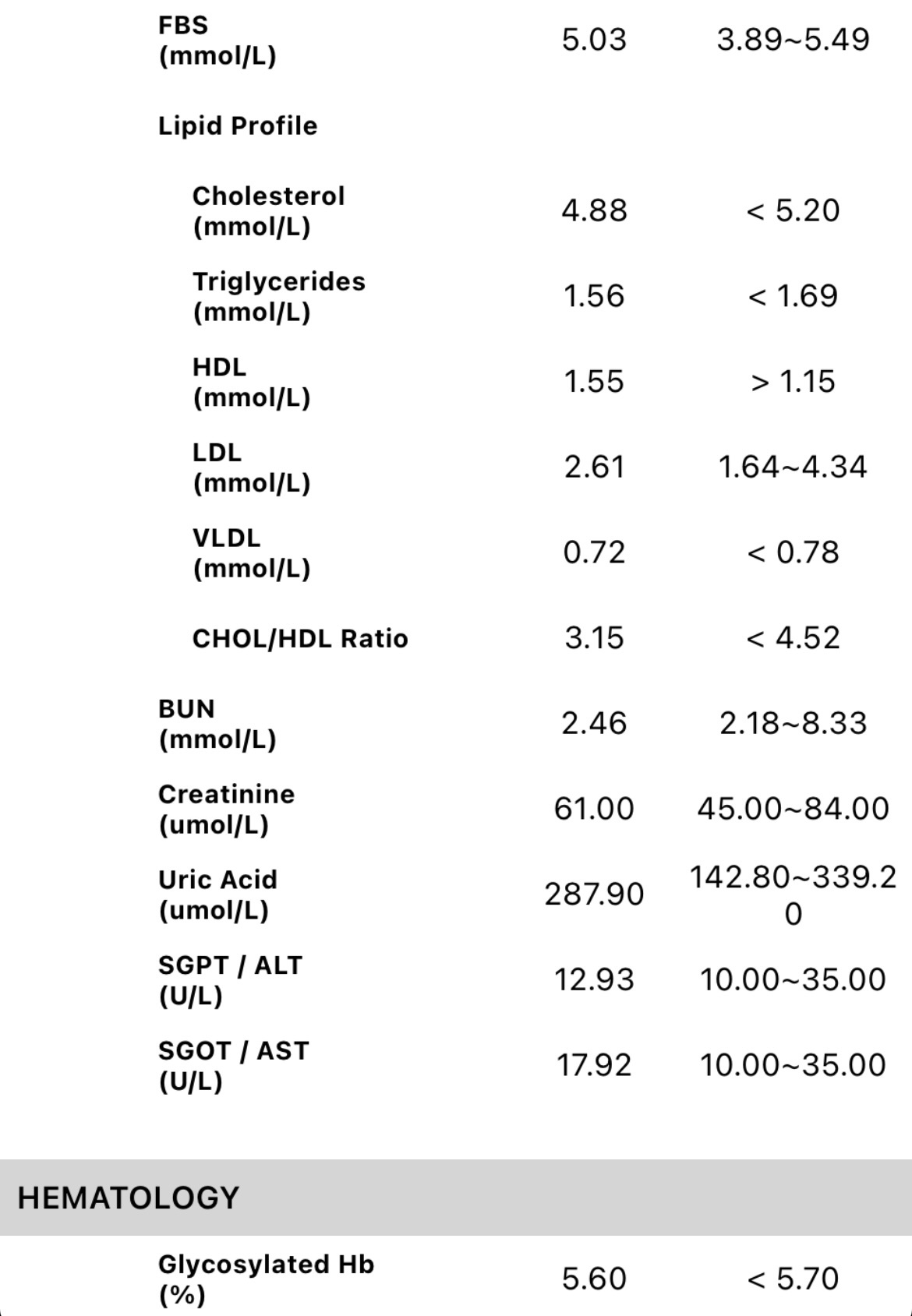Last year, I experienced some symptoms that prompted me to need to adjust certain aspects of my lifestyle—mostly diet and frequency of exercise. In this article, I talk about how it’s been like being a flexitarian for 6 months in the Philippines.
Simon Hill describes a semi-vegetarian or flexitarian diet as “A mostly vegetarian…that contains red meat (beef, lamb, pork, veal, goat, etc.), poultry, fish or shellfish occasionally (i.e. less than. once per week).”1 My circumstance, to be specific, is: eating mostly plant-based during the week; eating meat and poultry when there are no other options, and; eating fish or shrimp once or twice in a week.
Let’s go back to what prompted me to change my “diet.” Before I proceed with my story, I wanted to explain why I don’t like calling this a diet. To me, referring it as such psychologically gives me the idea that I am restricting myself with certain foods. Technically, I am, but at this point I no longer feel restricted.

Ok, back to regular programming—
Last year, I noticed feeling symptoms that seemed related to high blood sugar. I decided consulting with a doctor who affirmed my impression. The day after, I started a training program which I did thrice weekly. However, she recommended a complete blood panel if I wished to see actual numbers. As someone who thrives on feedback, I went to the nearest diagnostic clinic. These were my results last July 2022. My blood sugar markers were not the only high ones. My cholesterol and lipids were also beyond normal range. Seeing all the green up arrows took me aback, and it prompted me to make more efforts towards improving those numbers.
Thanks to Instagram’s new algorithm, Rich Roll was in my radar. In a nutshell, Rich is a former alcoholic who is now a vegan athlete and hosts a podcast. Becoming Vegan in the Philippines has always seemed impossible, and it has always had the connotation that it (veganism) is an expensive lifestyle. For me (living in Metro Manila), it was doable to be mostly vegan…for about a month. And then it wasn’t…
Fast forward to now, I consider myself as someone who follows a flexitarian “diet.” I still have chocolates (because who can live without chocolates?!). I still prepare my own chicken broth for noodle soups and ramen. I still have eggs from time to time, and I still enjoy a good ol’ grilled cheese. I still have the best shrimp halabos almost every Sunday at my Mama’s house. Most dishes I prepare are Asian- inspired (Chinese, Korean, and Indian most often than not). Over the holidays and when meeting with friends, I still enjoy some beef, pork, and chicken dishes. See below how well my body (in numbers) responded to the new lifestyle.
Now, six months does not count as long term, but I’m excited to see how sustainable this lifestyle is. As I mentioned earlier, many would argue that monthly costs are higher without meat. It isn’t (usually) the main barrier but it is a very valid factor to consider. In Metro Manila, stores like The Vegan Grocer, Earth Origins, and Hummus Elijah have made it easier on the wallet. It does for a 1 or 2-person household, anyway. Those stores offer not-so-ordinary sauces and great non-meat selections, fresh veggies and great kombucha, and the freshest herbs and spices, respectively. Youtube has been an extremely useful tool for honing my cooking skills for this.
In summary, I cannot attribute the better results, energy levels, and overall health (in terms of blood markers) to just the flexitarian “diet.” Although the change of food choice came one month afterwards, a regular training program, adequate sleep, zero alcoholic beverages, and controllable stress levels also factor in here.
My personal weekly training program consists of:
a 20-minute running session (either walk/run or zone 2 training),
two 30-min progressive weight training program,
a mobility session, and
more recently, three sessions of handstand training.
I hope this serves as a push for some to make a change in food choices and your level of physical activity. These changes were by no means abrupt for me, and I have noticed that changes like those stick longer for me. They aren’t the sexiest changes versus, say, becoming vegan and getting 6-pack abs. I eat-more-veggies-but-I-stil-eat-meat-sometimes, and I still have a 1-pack. Wasn’t that sexy? 😏
It will always be difficult to find evidence for why going plant-based (mostly plant-based, in my case) is good for our health. Most studies do not take into account the type of foods people intake as a subject in a study. One subject can be a vegetarian but only eat processed non-meat options, and another omnivorous subject can eat zero processed foods—who would you think will have “better health” in the long run? That is why, for this article, I based all the information here on anecdotal evidence. I can say with confidence that my physical and mental health have been the best it has been for a while.
Now, I’ve met people who turned vegans for years and then reverted back to omnivorous diets, and they (still) feel great. Maybe that will be me, or maybe not. It’s a case to case basis, and this lifestyle is what’s been working for me over the past 6 months. Is it just a case of keeping everything in moderation? I honestly dunno.
Nevertheless: Eat well, sleep well, and keep moving…
#Flexitarian #SemiVegetarian #Longevity
Disclaimer: Information from this blog is not intended as medical advice used for self-help or self-diagnosis. The information posted should be regarded as general information based on what Isabel Sison deems as reliable. However, she does not endorse all information posted as substitute to formal medical consultation and treatment. Any change in the information is possible without prior notice.
Hill, S. (2021). The proof is in the plants. Penguin Random House Australia.





Wowwww keep it up! 👏🏽🔥